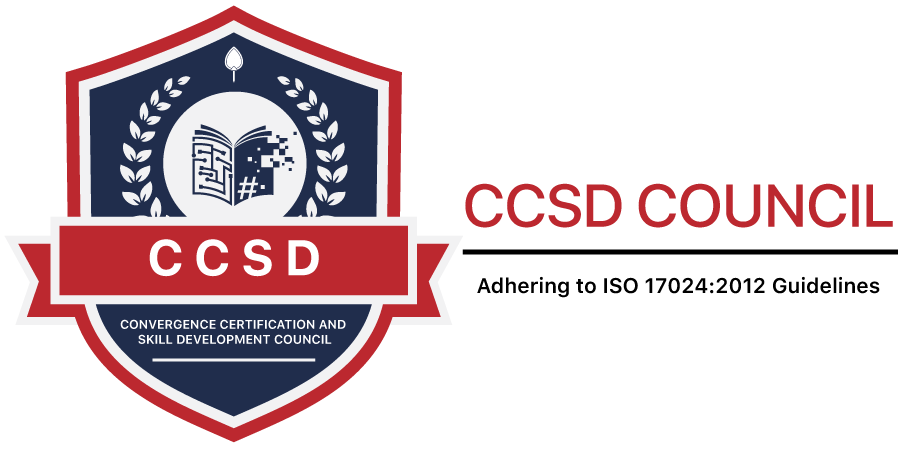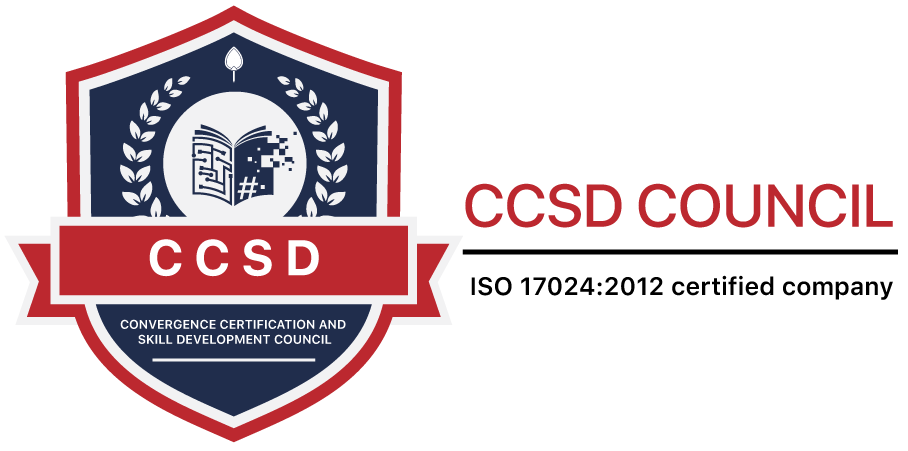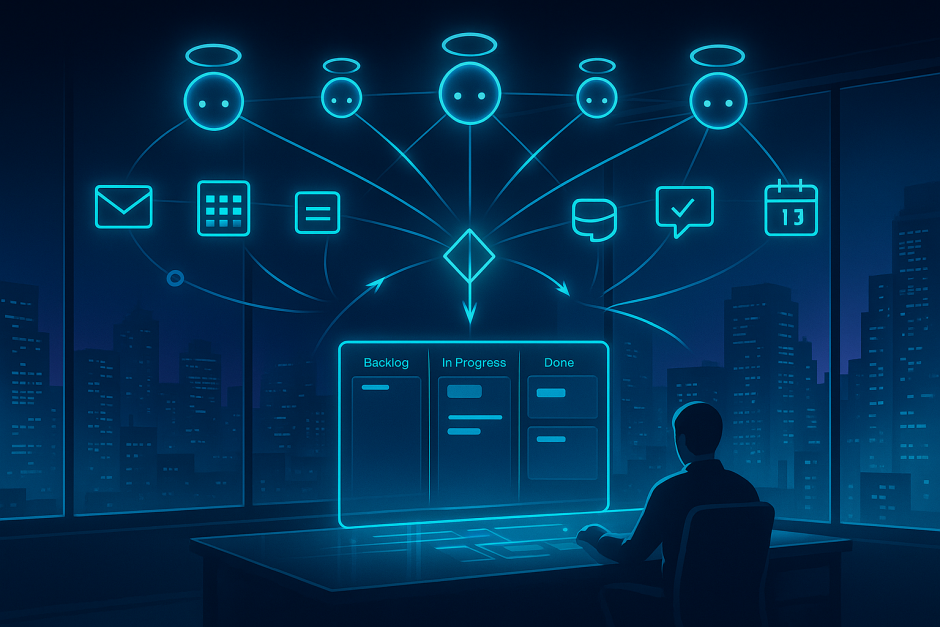AI Agents, Not Apps: The Workflow Revolution Reshaping Knowledge Work
TL;DR: We’re moving from clicking through apps to delegating outcomes to AI agents—systems that can plan, use tools, take actions, and learn from feedback. The winning stacks combine small, fast models for routine steps with large models for edge cases, wrapped in strong guardrails, observability, and human oversight. If you design for workflows (not chat), agents turn busywork into throughput.
1) Why AI agents, and why now?
Three shifts made 2025 the agent moment:
- Tool-use is reliable: Function calling, structured RAG, and deterministic APIs let models do work rather than just draft text.
- Latency & cost targets are tighter: Small language models (SLMs) handle 70–90% of routine steps; big models kick in only for hard cases.
- Governance pressure: Audit trails, data minimization, and access controls are easier when your system is a workflow you can instrument—not a chat free-for-all.
Outcome: Instead of “open a ticket, paste data, click buttons,” you say “qualify this lead and schedule a call,” and the system does the steps.
2) What is an AI agent (practically)?
An agent is a policy that perceives (reads state), plans (decomposes tasks), acts (calls tools/APIs), observes results, and adapts (reflects, learns thresholds). It’s not one big model; it’s a loop:
- Trigger (event, message, time, webhook)
- Grounding (fetch context via RAG/DB calls)
- Plan (break task into steps, choose tools)
- Act (call tools; write updates)
- Observe & check (did we meet the goal/guardrails?)
- Escalate or finish (human handoff or finalize)
- Log & learn (telemetry, feedback, memory)
3) Reference architecture (modular & auditable)
A. Router / Intent Classifier
Decides if the request is eligible, risky, or needs a human. Often an SLM with light fine-tuning.
B. Planner / Decomposer
Turns a goal into an ordered set of tool calls with success criteria. Keep plans explicit and log them.
C. Skills / Tools Layer
Typed functions (APIs, DB queries, calculators, CRUD ops). Prefer narrow, idempotent tools with schemas and unit tests.
D. Memory
- Short-term: scratchpad for the current task (chain-of-thought hidden, structured notes visible).
- Long-term: vector store for docs, plus relational/graph stores for entities (customers, SKUs, contracts).
- Policy memory: what’s allowed, redaction rules, PII patterns.
E. Guardrails
Input/output filters, allow/deny tool lists, role-based data scoping, prompt-injection defenses, rate limits, sandboxes.
F. Orchestrator
A workflow engine that executes plans step-by-step, retries, times out, and writes event logs (who/what/when/why).
G. Human-in-the-loop (HITL)
Inbox for approvals, suggested edits, and escalations—with diffs and context, not raw prompts.
H. Observability & Eval
Metrics, traces, golden tests, regression alerts. Treat agents like microservices you can SLO.
4) Pseudocode blueprint
on TRIGGER(event):
ctx = fetch_context(event) // RAG + DB reads
intent, risk = router(ctx)
if risk == "high": return handoff_to_human(ctx)
plan = planner(goal=event.goal, context=ctx)
for step in plan.steps:
if not guardrails.allow(step): return handoff_to_human(ctx)
result = tools.call(step.tool, step.args)
log(step, result)
if not step.success(result):
if step.retryable: retry(step)
else: return escalate_to_llm_or_human(ctx, step, result)
summary = compiler.summarize(plan, results)
writeback(summary) // CRM, ticket, email, etc.
archive(trace(plan, results))
return summary
5) Five production patterns (that actually work)
- Inbox Zero for Ops
Classify inbound emails/tickets, extract entities, call internal systems (refunds, order status), draft replies for approval.
Win: 40–80% auto-resolved with human approve. - Sales/RevOps Agent
Enrich leads, score fit, route to rep, draft first email, schedule meeting, push CRM updates.
Win: Faster speed-to-lead; cleaner CRM hygiene. - FP&A Co-Pilot
Pull P&L, variance vs. plan, annotate drivers, generate a commentary draft and CFO snapshot.
Win: Hours to minutes for monthly close commentary. - Engineering Release Assistant
Summarize merged PRs, check changelog quality, draft release notes, notify stakeholders, create follow-up tickets.
Win: Predictable releases, less glue work. - Recruiting Screener
Parse resumes, map to requisition criteria, ask clarifying questions, schedule screens, update ATS.
Win: Consistent screening; fewer manual bottlenecks.
6) Metrics that matter (SLOs, not vibes)
- Task Success Rate (TSR): % tasks completed without human edits
- First-Contact Resolution (FCR) for support flows
- Human Edit Distance: tokens changed before send/commit
- Tool-Call Success: 2xx/% valid responses
- Average Steps per Task and p95 Latency
- Escalation Rate: to LLM/human (and why)
- Unit Cost per Task: (inference + API + infra) / tasks
- Drift & Safety Incidents: policy violations, injection attempts caught
7) Costing & capacity (simple math that works)
Unit economics (per completed task):
Cost_task = (Calls_SLM * Price_SLM) + (Calls_LLM * Price_LLM)
+ (Tool_API_Costs) + (Infra_Overhead)
Design for SLM-default, LLM-escape. Your biggest lever is escalation rate: every % drop compounds across volume.
Capacity plan with p95 latency targets and concurrency limits. Add circuit breakers: partial degrade to “suggest-only” mode if tools fail.
8) Safety & governance (baked in, not bolted on)
- Allowlist tools with explicit schemas; deny external network by default.
- Context minimization: only inject the fields required for each step.
- PII redaction before sending data to external models.
- Prompt-injection defenses: system instructions with signed templates, content scanners, and don’t follow untrusted instructions in retrieved docs.
- Immutable audit trail: prompt → context snapshot → tool calls → outputs → human edits.
- Red-teaming & abuse testing as part of CI.
9) Implementation playbook (90-day guide)
Weeks 0–2 — Scoping & guardrails
- Pick 1–2 high-volume, low-novelty workflows.
- Define SLOs, failure modes, and approval points.
- Inventory tools/APIs, data sources, and access policies.
Weeks 3–6 — Prototype & eval harness
- Build router → planner → tools → guardrails pipeline.
- Create a golden set of 100–300 real tasks with expected outputs.
- Instrument latency, cost, tool success, escalation reasons.
Weeks 7–10 — HITL & rollout
- Ship to a pilot group with approve-before-send.
- Review traces daily; tighten prompts, schemas, and thresholds.
- Add dashboards and weekly postmortems.
Weeks 11–13 — Scale
- Flip to auto-approve on safe paths; keep HITL for risky ones.
- Start a lightweight agent catalog (reusable tools, prompts, tests).
- Establish change management: versioned prompts, rollback plan.
10) Common pitfalls (and fixes)
- Chat-first UX: Design workflows, not conversations. Provide “Run,” “Approve,” “Escalate” buttons and show diffs.
- Over-autonomy: Require approvals for irreversible actions; start in suggestion mode.
- Prompt sprawl: Treat prompts as code—version, test, lint.
- Messy memory: Separate factual knowledge (docs/DB) from tactical scratchpads; expire what you don’t need.
- No reproducibility: Without traces and golden tests, you can’t debug or improve.
11) The road ahead
Expect standardized agent specs, better multi-agent coordination (planner/worker/critic patterns), and edge-resident agents for privacy + latency. Procurement will shift from “Which LLM?” to “Which agent runs my process, with what SLOs and controls?”
12) Quick-start checklist
- Pick one workflow with clear SLOs and real business pain
- Map tools/APIs; define allow/deny lists and data scopes
- Implement router → planner → tools → guardrails → HITL
- Build a golden test set and live dashboards
- Launch in suggest mode; graduate safe paths to auto
- Track TSR, p95 latency, escalation rate, unit cost
- Iterate weekly; templatize and add to your agent catalog
Bottom line: Agents are how AI becomes operations, not novelty. Design them like you’d design a mission-critical service: small by default, escalate when needed, observable end-to-end, and always accountable.





